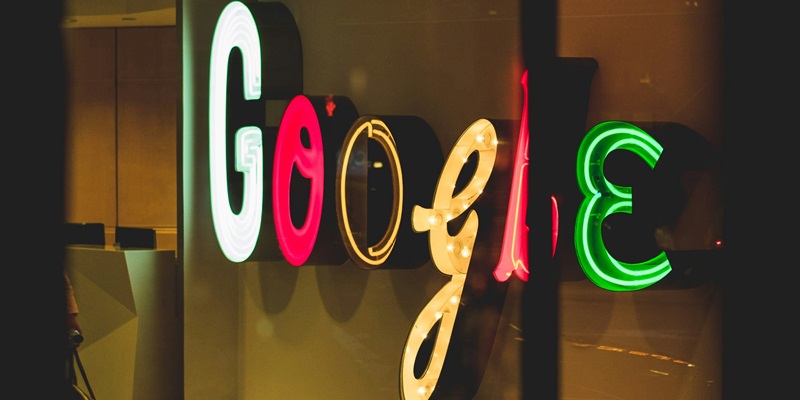Google is taking significant steps to address the rise of AI-generated content by developing an AI-generated text watermark aimed at boosting transparency and user trust. With the growing influence of advanced AI tools like ChatGPT and Bard, this watermark initiative is set to become increasingly crucial. Predictions suggest that by 2030, AI will be responsible for generating over 50% of internet content. The watermark’s purpose is to help users easily identify whether a piece of content was crafted by a human or an AI, addressing ethical concerns about distinguishing between human-authored and AI-generated material. Google’s move is poised to prevent potential misinformation and enhance the overall trustworthiness of content found online, staying true to the ethos of openness and technological advancement that the company champions.
This new watermark initiative reflects Google’s broader objective of fostering a transparent and informative internet ecosystem. By marking AI-generated content clearly, Google not only aims to safeguard the authenticity of information but also seeks to educate users about the origins of the material they encounter. This step is expected to encourage a more discerning and informed audience, ultimately enriching the online experience. As AI tools continue to evolve and permeate various digital spaces, distinguishing between machine and human authorship becomes increasingly imperative. Google’s proactive approach ensures that users are well-equipped to navigate an internet where AI-generated content is prevalent. The watermark initiative is just one of many ways Google is addressing the challenges and opportunities presented by the rapid advancement of AI technologies.
Commitment to Transparency
Google’s commitment to transparency doesn’t end with AI-generated text watermarks. This initiative is part of a comprehensive strategy that includes a significant redesign of major Google services, like Google Calendar, Gmail, Drive, Docs, Sheets, and Slides. The redesign is set to enhance both the aesthetics and usability of these services. Google Calendar, for instance, now features a more modern look with rounded corners, a light blue background, and an updated Dark mode that improves visibility and user comfort. This holistic redesign is aimed at providing users with a more cohesive and user-friendly experience across all Google platforms.
The upgrades to Google Calendar are part of a larger effort to introduce visual consistency throughout Google’s digital ecosystem. These changes are intended to improve the overall user experience, making navigation more intuitive and reducing potential friction points. For instance, updated buttons, sidebars, and icons now offer a more streamlined appearance that aligns with contemporary design standards. Such enhancements are not only visually appealing but also aim to simplify user interactions. However, it’s important to note that these updates may pose compatibility issues with some Chrome extensions. In such cases, Google recommends that users reach out to extension developers for possible solutions.
User Trust and Technological Advancement
Google is making significant strides to tackle the rise of AI-generated content by developing a watermark specifically for AI-created text. This initiative aims to enhance transparency and user trust, especially with the increasing influence of advanced AI tools like ChatGPT and Bard. Forecasts anticipate that by 2030, AI will generate over 50% of online content. The watermark will help users easily identify whether content was produced by a human or AI, addressing ethical concerns about distinguishing between the two. Google’s move aims to prevent misinformation and improve online content trustworthiness, aligning with the company’s commitment to openness and technological progress.
This watermark endeavor mirrors Google’s larger goal of fostering a transparent and informative internet. By clearly marking AI-generated content, Google not only aims to protect information authenticity but also seeks to educate users about content origins. This step is designed to promote a more discerning and informed audience, enriching the online experience. As AI tools continue to evolve and infiltrate various digital realms, distinguishing between machine and human authorship becomes ever more critical. Google’s proactive approach ensures users can navigate a web brimmed with AI-generated content. This watermark initiative is one of many ways Google addresses the challenges and opportunities presented by fast-evolving AI technologies.

